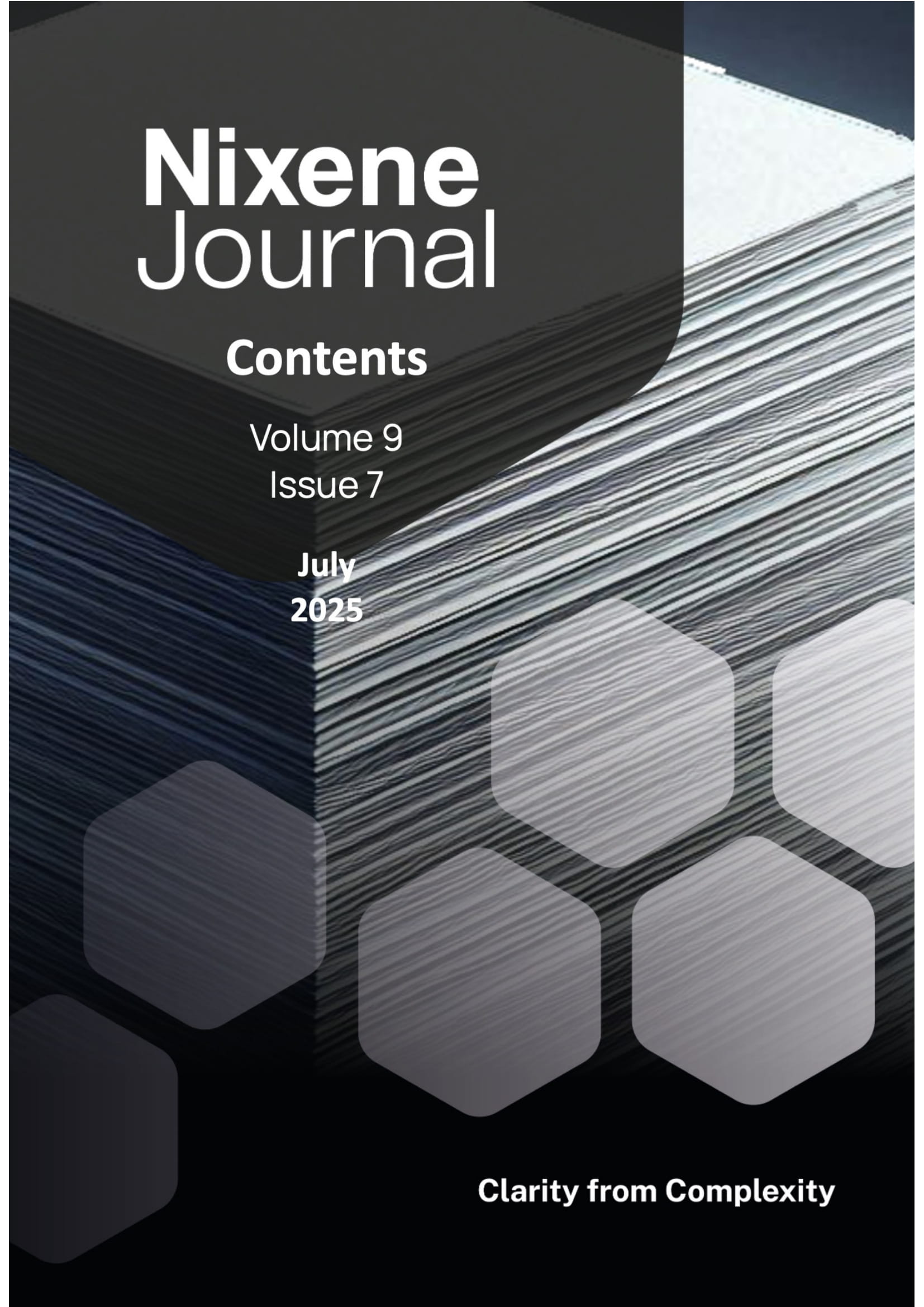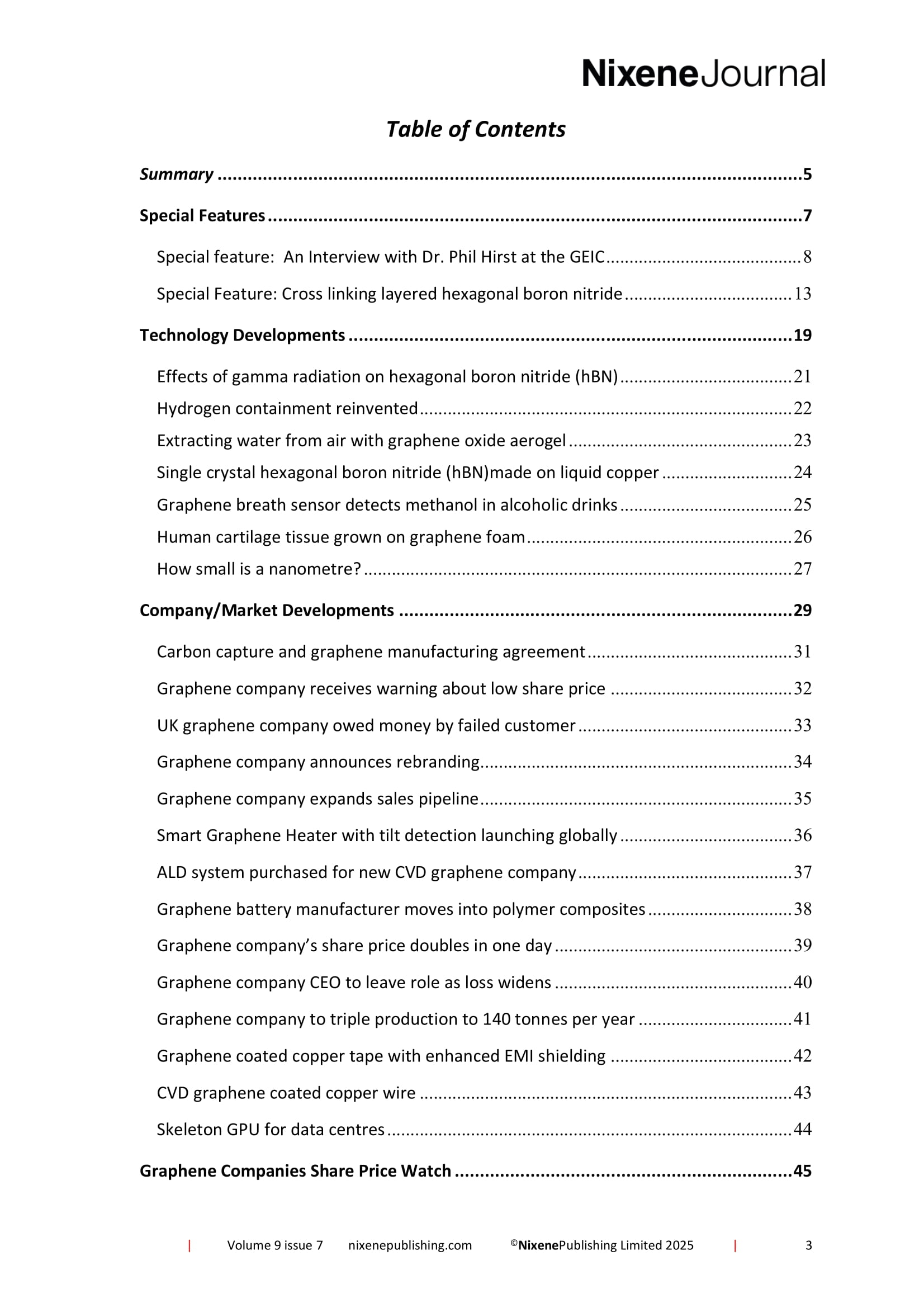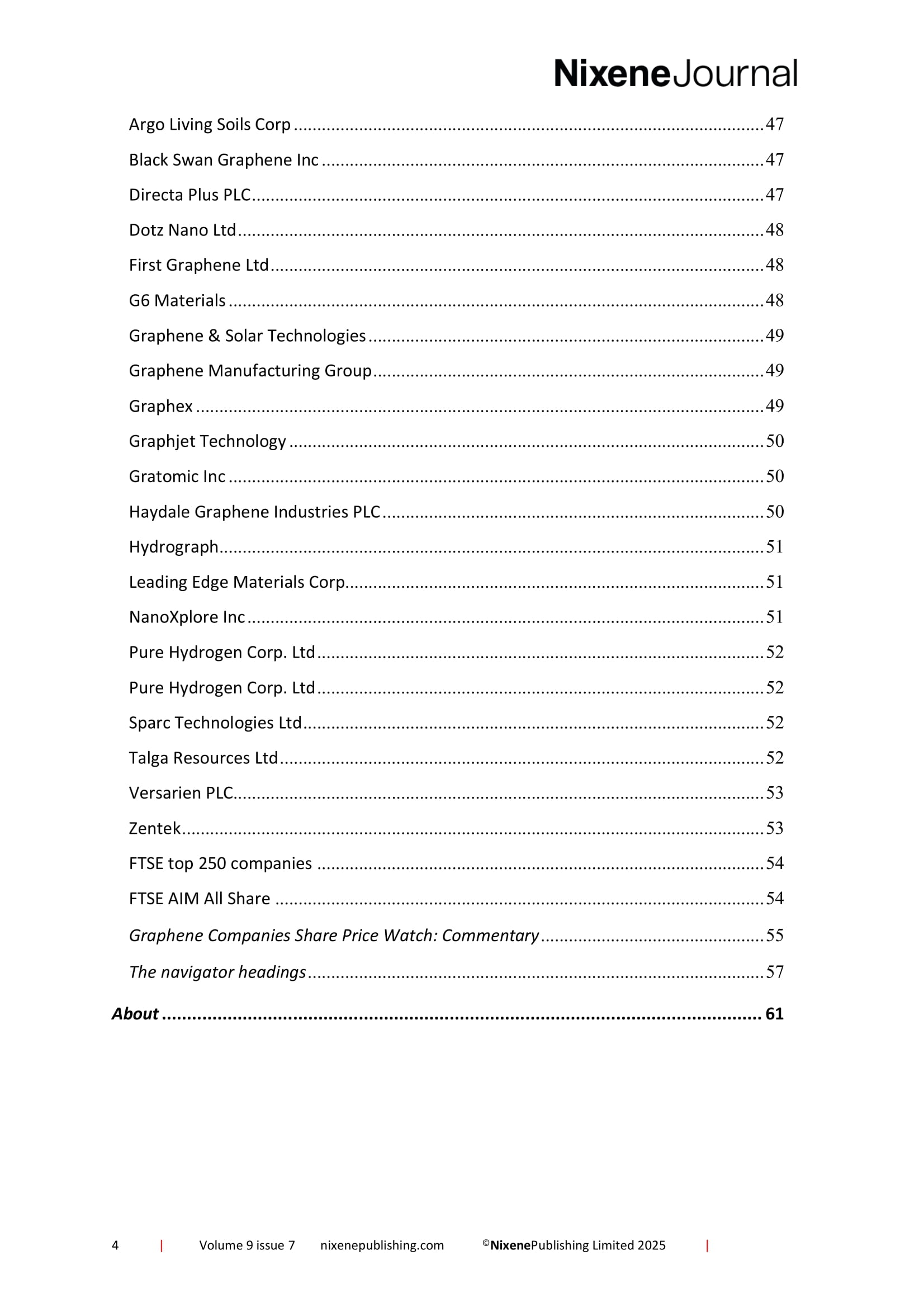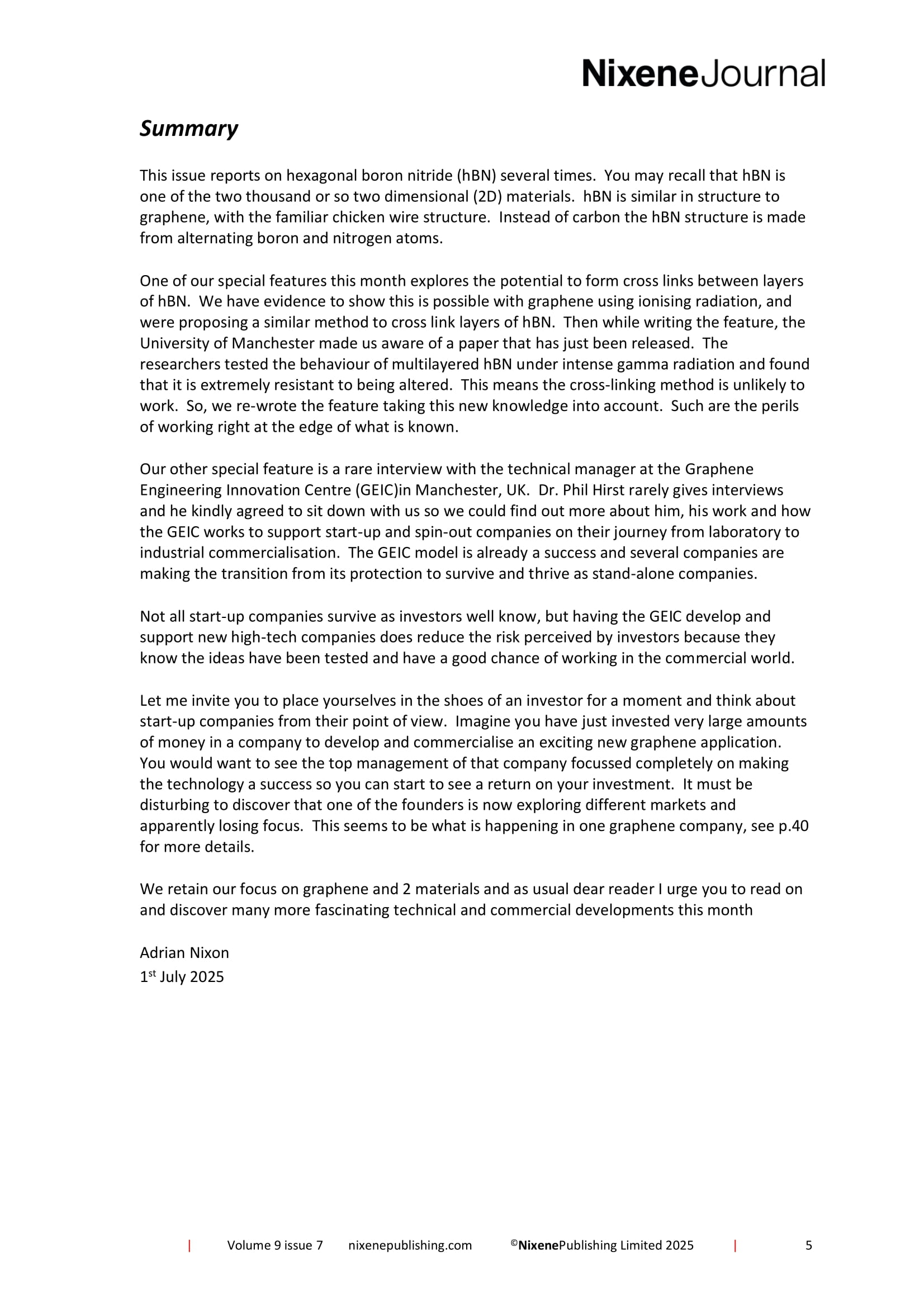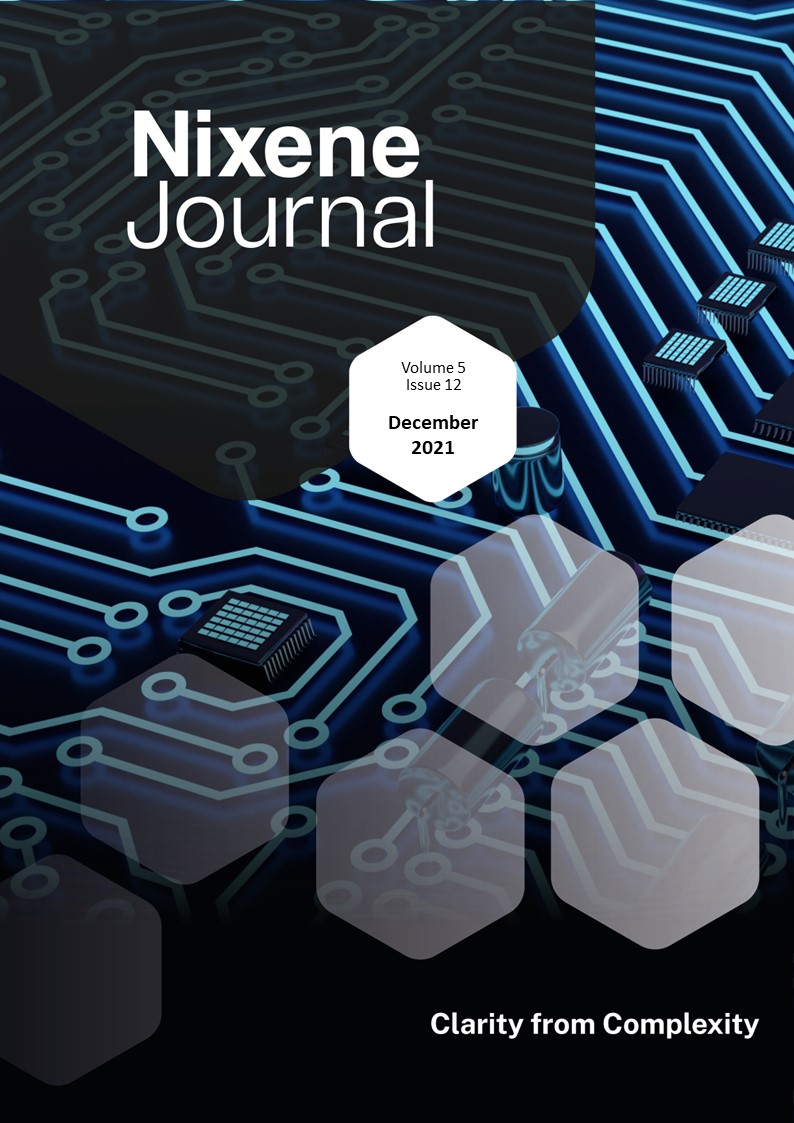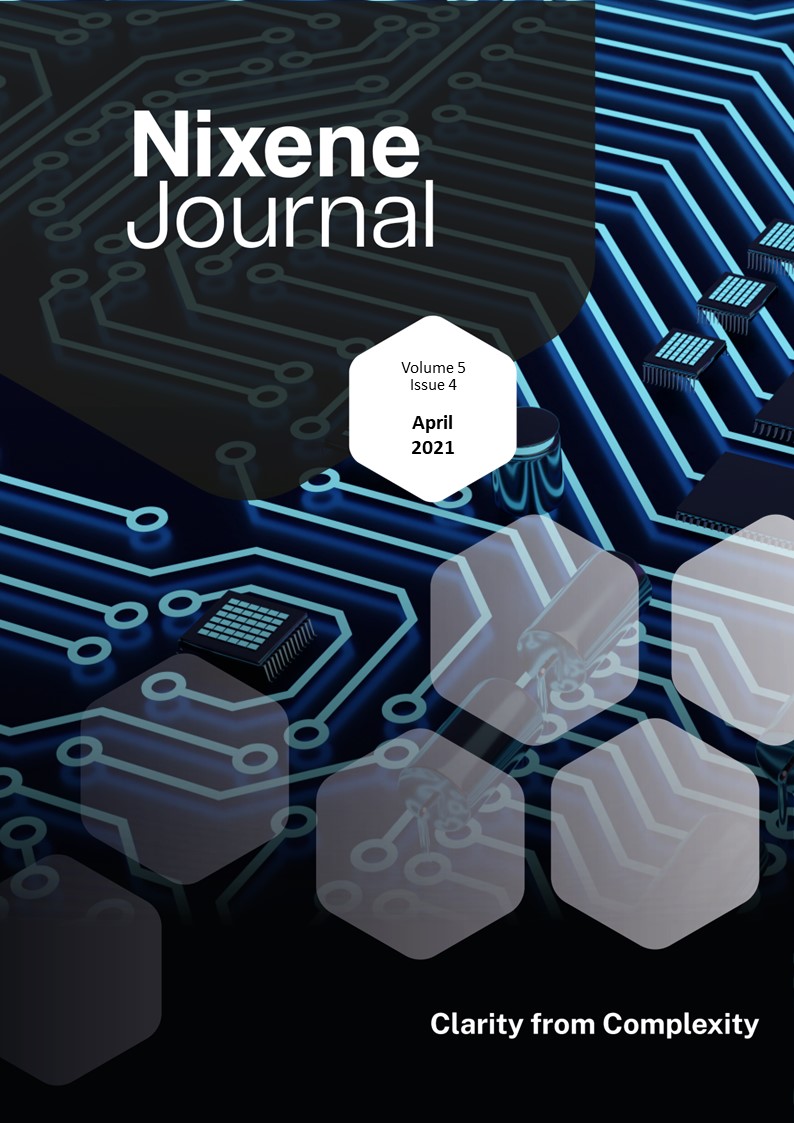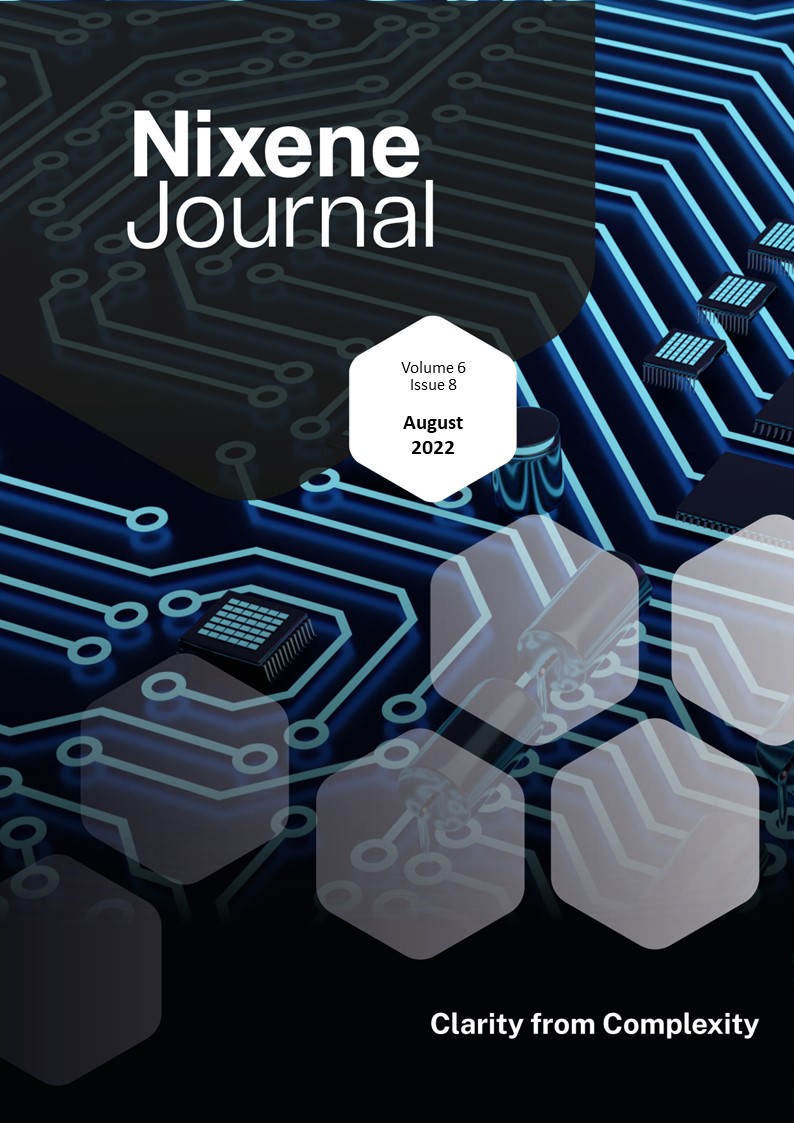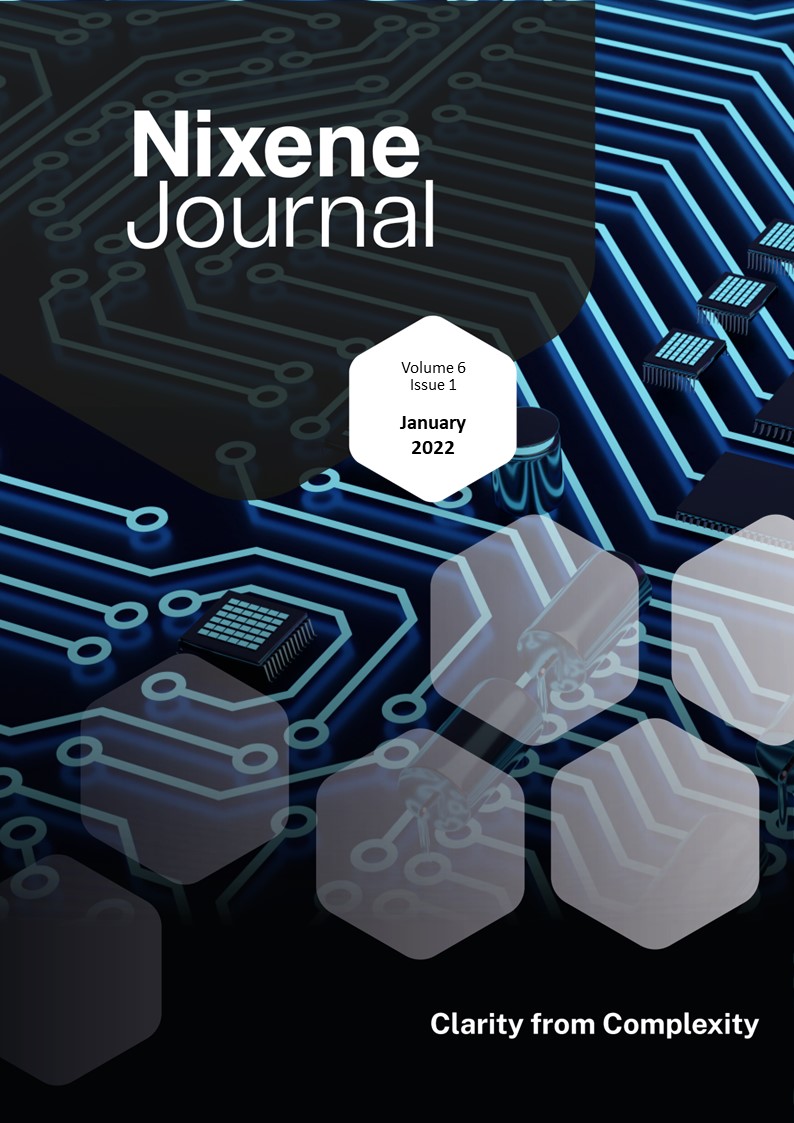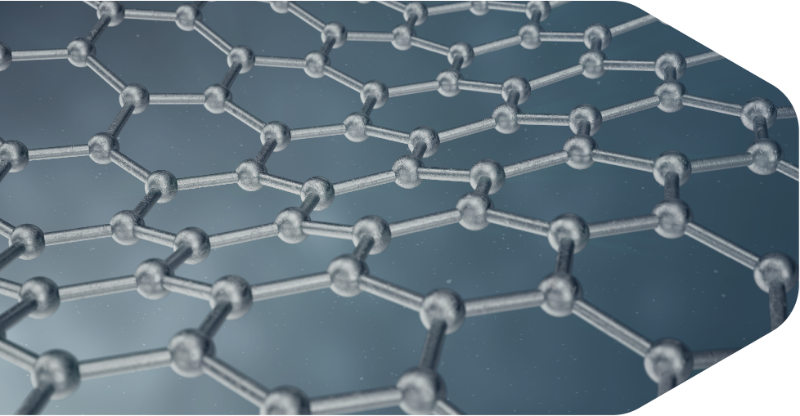Description
This issue reports on hexagonal boron nitride (hBN) several times. You may recall that hBN is one of the two thousand or so two dimensional (2D) materials. hBN is similar in structure to graphene, with the familiar chicken wire structure. Instead of carbon the hBN structure is made from alternating boron and nitrogen atoms.
One of our special features this month explores the potential to form cross links between layers of hBN. We have evidence to show this is possible with graphene using ionising radiation, and were proposing a similar method to cross link layers of hBN. Then while writing the feature, the University of Manchester made us aware of a paper that has just been released. The researchers tested the behaviour of multilayered hBN under intense gamma radiation and found that it is extremely resistant to being altered. This means the cross-linking method is unlikely to work. So, we re-wrote the feature taking this new knowledge into account. Such are the perils of working right at the edge of what is known.
Our other special feature is a rare interview with the technical manager at the Graphene Engineering Innovation Centre (GEIC)in Manchester, UK. Dr. Phil Hirst rarely gives interviews and he kindly agreed to sit down with us so we could find out more about him, his work and how the GEIC works to support start-up and spin-out companies on their journey from laboratory to industrial commercialisation. The GEIC model is already a success and several companies are making the transition from its protection to survive and thrive as stand-alone companies.
Not all start-up companies survive as investors well know, but having the GEIC develop and support new high-tech companies does reduce the risk perceived by investors because they know the ideas have been tested and have a good chance of working in the commercial world.
Let me invite you to place yourselves in the shoes of an investor for a moment and think about start-up companies from their point of view. Imagine you have just invested very large amounts of money in a company to develop and commercialise an exciting new graphene application. You would want to see the top management of that company focussed completely on making the technology a success so you can start to see a return on your investment. It must be disturbing to discover that one of the founders is now exploring different markets and apparently losing focus. This seems to be what is happening in one graphene company, see p.40 for more details.
We retain our focus on graphene and 2 materials and as usual dear reader I urge you to read on and discover many more fascinating technical and commercial developments this month.
Adrian Nixon
1st July 2025

